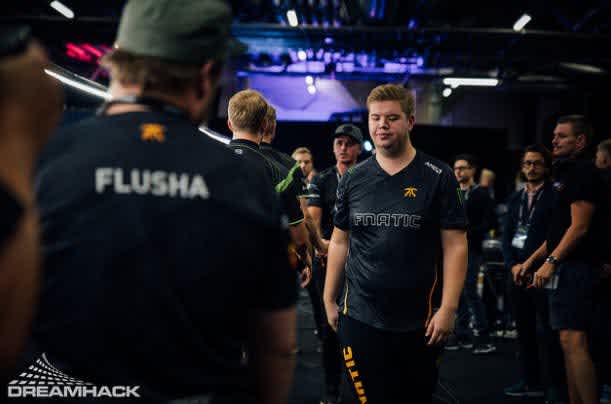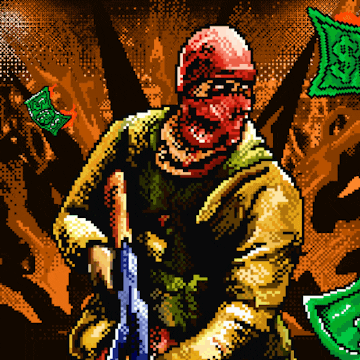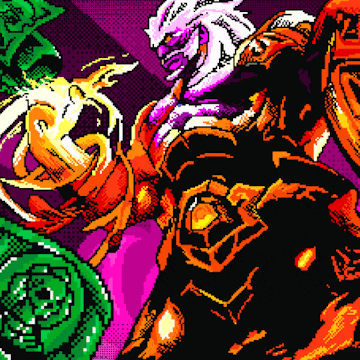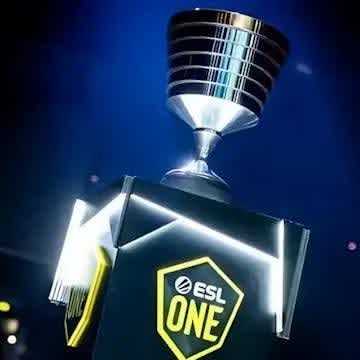Fnatic: The Firepower Fallacy
Over the last few years, the differential in Counter-Strike’s individual talent has been shrinking. Players that were once forced to balance a job, studies, and amateur play now have the resources to pursue competitive play full-time. Lower-tiered sides from regions around the world can commit more hours to refining their dynamic and enter more qualifiers for LANs that lack elite sides. Competition amongst the 15th-30th best teams in the world may still be as unstable as it was in 2015, but it’s far more fierce. As a result, teams far removed from the top eight have developed deep pools of individual talent, in many cases, merely to stay afloat in the relentless pool of sharks that is tier two and three play.
Teams like ENCE, Imperial, Ghost, NRG, Tyloo, Complexity and Kinguin have all proven their ability to match top teams on a man-for-man level. Each side boasts the who’s who of upcoming rookies in 2018, and have found headway on international LAN stages throughout the year. Lower levels of play no longer fail to match the elite in terms of firepower as much as they do in higher-order elements like cohesion, macro, strategy and map pool.
There is, as such, a fallacy of firepower. Simply trying to source purebred aimers and smashing them into a team is not enough to consistently rise above the lower tiers of play. Unless you can transcend big contracts with a weighty chequebook, chances are there isn’t enough individual talent alone on a tier two or three side to regularly beat the likes of a Hellraisers or NRG.
This is an important concept to consider when framing the upcoming slew of roster moves in the post-FACEIT Major period.

Fnatic acquiring ScreaM as a stand-in, for example, isn’t a move that necessarily rings the alarm bells of a brooding top ten team. Fnatic’s issue was never a lack of fraggers, KrimZ has proven himself a top five rifler in the world, and both JW and draken seem serviceable enough in their roles. From the outside looking in, Fnatic has lacked a tight CT-side, ability to grind back into games, a high-performing entry, and from that, replicable T-side success.
ScreaM may definitely be able to fix their entry woes, an issue that has faced Fnatic since JW has stepped up on the T-side with the rifle as the main entry throughout 2018. But this may come at the cost of CT structure and support, a quiet, but important role that flusha has filled for along time. ScreaM’s addition also doesn’t address many of the more systematic issues Fnatic has had in being able to establish any semblance of a map pool, struggling immensely in Bo3 games.
At ESL One New York 2018, we saw these same problems manifest. They were able to win their map pick against a dying, fracture Mousesports on Inferno, and then lost on both Train and Mirage with Train going into over-time. Na`Vi, a team who Fnatic has always struggled against easily closed out the Swedish core, blitzing their CT-side with fast strats and disrespectful entries. Had the group-stage had a bo1 component, they might’ve been able to score an upset with their new Belgian force, but in series play they were exposed. It was as though ScreaM played poorly either, he dropped a near 30 bomb on their first map and was the second highest rated player on the team overall.
Fnatic’s issue, as it likely will be for the likes of FaZe, Mousesports, Cloud9, and Renegades if rumours are to be believed, will not be in the firepower department. The stress-lines in these teams all appear at different spots, but simply bolstering a line-up with headshot machines is not going to make them go away. While Fnatic only had limited time to practice with ScreaM, their style isn’t one that requires weeks of intensive smoke and flash-bang practice. Ideally, a side like Fnatic should be able to slot players in and out of their more dynamic, loose system. Their inability to do-so shows the underlying corrosion in their structure. Their failure to escape groups in New York should be a warning sign for many of their peers not to fall into the firepower fallacy. For it is one that requires big money to fall into, but a lot of sweat and soul-searching to get out of.






